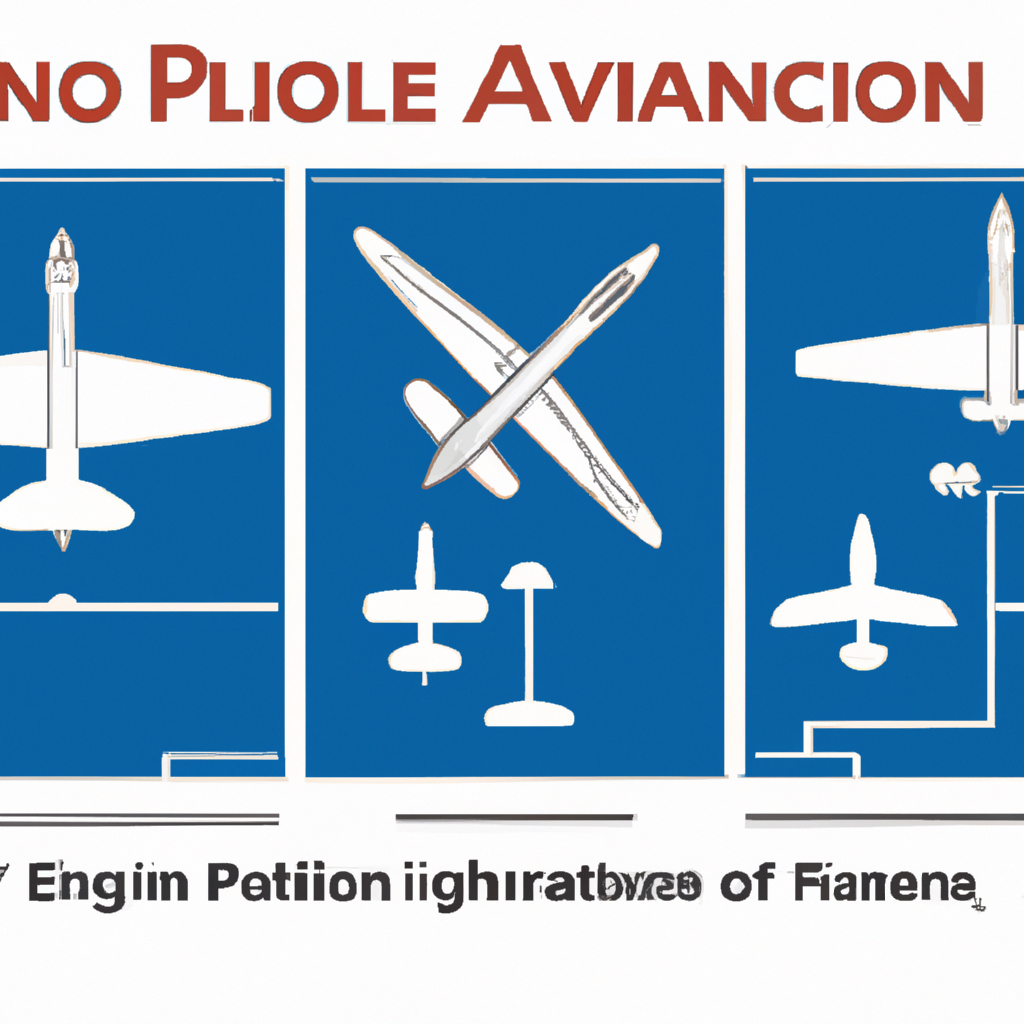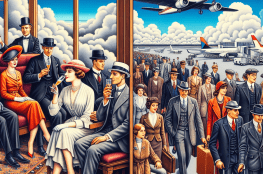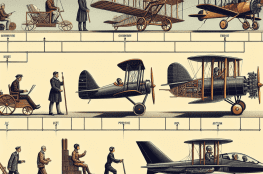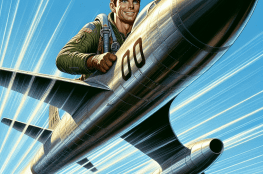The Evolution of Airplanes: From the Wright Brothers’ Invention to Modern Aviation
Since time immemorial, humans have been fascinated by the idea of flying. From the mythological tales of Icarus to Leonardo da Vinci’s sketch of a flying machine, the dream of soaring through the skies has captured our imagination. It wasn’t until the early 20th century, however, that this dream truly came to life with the invention of the airplane. This article explores the fascinating history of aviation and the remarkable evolution of airplanes.
The Wright Brothers’ Invention: A Revolutionary Start
The birth of modern aviation can be traced back to the Wright Brothers – Orville and Wilbur. On December 17, 1903, in Kitty Hawk, North Carolina, the Wright Brothers made history by successfully conducting the first powered, controlled, and sustained flight. Their aircraft, known as the Wright Flyer, was a biplane with a wingspan of 12.3 meters and a top speed of approximately 48 kilometers per hour.
Although this momentous achievement marked the advent of aviation, it wasn’t an overnight success. The Wright Brothers spent years conducting experiments and tests to understand the principles of flight. They meticulously studied the works of previous aviation pioneers and came up with their own innovations, such as the three-axis control system, which allowed pilots to control pitch, roll, and yaw, making flights more stable and controlled.
Advancements in Aircraft Design and Technology
Following the Wright Brothers’ breakthrough, aviation quickly gained momentum. Engineers and inventors worldwide began experimenting with various aircraft designs, leading to significant advancements in technology and performance.
During World War I, aircraft played a critical role in military operations. The demand for faster, more efficient planes led to the development of fighter aircraft like the legendary Sopwith Camel and the Fokker Eindecker. These single-seat fighter planes exhibited remarkable maneuverability and firepower.
In the ensuing years, aviation pioneers introduced several breakthroughs. The introduction of metal frames and streamlined designs in the 1920s improved both durability and speed. Charles Lindbergh’s historic solo flight across the Atlantic in 1927 in the Spirit of St. Louis demonstrated the power of long-distance aviation and sparked further advancements in navigation and radio technology.
The Jet Age: Supersonic Speeds and Commercial Aviation
The dawn of the jet age in the 1950s brought a paradigm shift in aviation. Jet engines, which incorporated the principle of jet propulsion, allowed aircraft to reach unprecedented speeds.
In 1947, pilot Chuck Yeager broke the sound barrier in the Bell X-1, becoming the first person to fly faster than Mach 1. This marked a significant milestone in aviation history, paving the way for supersonic flight.
The 1950s also saw the rise of commercial aviation. The Boeing 707, introduced in 1958, revolutionized air travel by making it faster and more comfortable for passengers. Other aircraft, such as the Concorde, offered supersonic travel for those seeking an even quicker journey.
Modern Aviation: From Unmanned Drones to Space Exploration
In recent years, aviation has continued to evolve rapidly, with advancements in technology and the advent of unmanned aerial vehicles (UAVs), commonly known as drones. These unmanned aircraft have revolutionized industries such as photography, agriculture, and package delivery, among others.
Furthermore, the pursuit of space exploration has expanded the boundaries of aviation. From Yuri Gagarin’s historic orbital flight in 1961 to the development of reusable spacecraft like SpaceX’s Falcon 9, humans continue to strive for new frontiers in aviation.
The Future of Aviation
As we look to the future, aviation holds even more exciting possibilities. Electric aircraft, powered by renewable energy sources, are currently being developed, offering a cleaner and more sustainable form of air travel. Moreover, the concept of flying cars and vertical takeoff and landing (VTOL) vehicles is becoming a reality, potentially revolutionizing urban transportation.
In conclusion, the history of aviation is a testament to human ingenuity, innovation, and the pursuit of exploration. From the humble beginnings of the Wright Brothers to the breakthroughs of the jet age and the technological advancements of today, airplanes have come a long way. As we look ahead to the future, the sky truly seems to be the limit for aviation.



